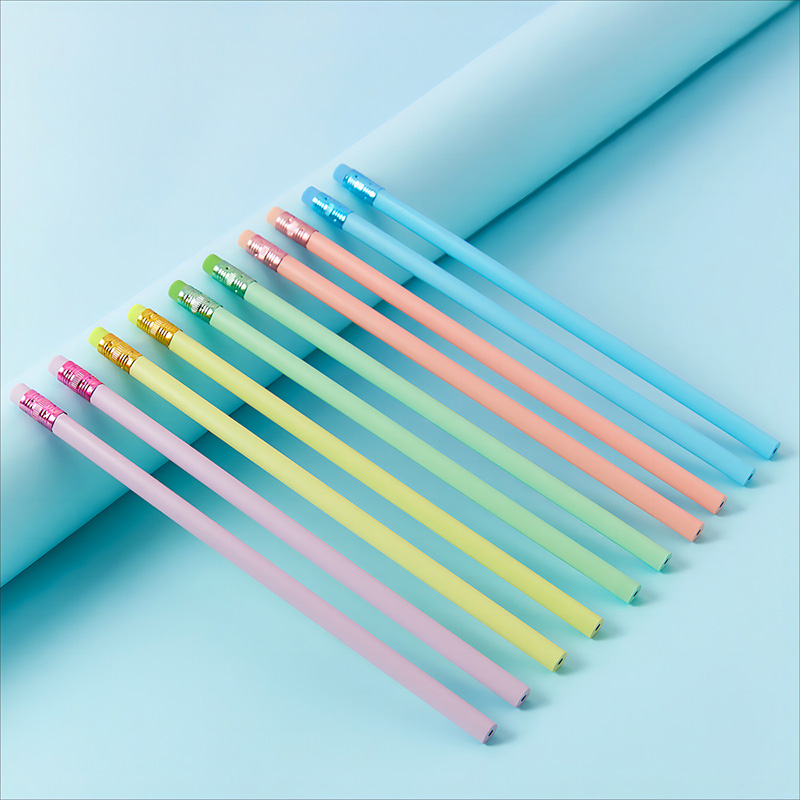In a digital era filled with touchscreens and voice commands, the humble pencil remains a steadfast icon of creativity, learning, and practical communication. Far from being a relic of the past, pencils continue to thrive across diverse sectors—education, art, design, and industry—proving that sometimes, simplicity is the sophistication.
The Enduring Versatility of Pencils
Pencils have long been celebrated for their unmatched versatility. Unlike pens or digital devices, pencils offer users the ability to write, draw, sketch, and erase with ease, making them uniquely adaptable to a broad range of needs. From students scribbling notes in classrooms to architects drafting blueprints and artists creating masterpieces, the pencil is a foundational instrument.
“The pencil is the original brainstorming tool,” remarks Claire Thompson, a design educator and author. “Its erasability encourages risk-taking and iteration, which are crucial for creative thinking and problem-solving.”
This adaptability also makes pencils indispensable in technical and industrial applications. Mechanical engineers, draftsmen, and carpenters often rely on pencils for precise markings that can be adjusted or refined as projects evolve.
Education: The Pencil’s Lasting Legacy
Despite advances in educational technology, pencils remain an essential part of learning environments worldwide. For young learners, pencils are often the first writing instruments they master, helping develop fine motor skills and literacy. Their low cost and simplicity make them accessible in classrooms across socioeconomic backgrounds.

Standardized testing, note-taking, and sketching are frequently pencil-based activities, as pencils provide the flexibility needed for multiple revisions and corrections. Educational institutions continue to endorse pencils as a critical tool in cognitive development, reinforcing their presence alongside tablets and laptops.
Art and Design: A Medium of Infinite Possibilities
Artists, designers, and illustrators prize pencils for their subtlety and control. Graphite pencils, colored pencils, and charcoal pencils each offer unique textures and tonal ranges, enabling a vast spectrum of artistic expression. The ability to create both bold, dark lines and soft, delicate shading gives pencils a versatility unmatched by many other tools.
“Pencils allow artists to translate thoughts into visuals effortlessly,” says Marco Ruiz, a professional illustrator. “The immediacy of pencil work—no need for setup or drying time—means ideas can flow directly onto paper.”
The resurgence of traditional art forms in an increasingly digital world has boosted demand for quality pencils. Specialty brands have introduced pencils with ergonomic grips, sustainable wood sources, and premium graphite cores to meet the expectations of discerning artists.
The Environmental Edge
Sustainability concerns are reshaping consumer preferences, and pencils have an advantage due to their biodegradable wooden bodies and relatively low environmental footprint compared to plastic writing instruments. Many manufacturers now focus on using certified sustainable wood and eco-friendly packaging.
Mechanical pencils, which reduce wood consumption by using refillable graphite leads, combine environmental consciousness with convenience. Brands like Faber-Castell and Staedtler have led innovations in this space, offering refillable pencil systems that extend product life and minimize waste.
Market Dynamics and Consumer Trends
The global pencil market is stable and evolving. According to a 2024 report by Stationery Market Analytics, the worldwide pencil industry is projected to grow moderately at a CAGR of 2.7% through 2030. Growth is driven largely by expanding education sectors in developing countries and rising interest in art and design hobbies globally.
Consumers increasingly seek products that combine quality with ethical production. The rise of DIY culture, journaling, and adult coloring books has spurred sales in colored pencils and specialty graphite pencils. Furthermore, customization options such as personalized engraving and limited edition sets appeal to gift buyers and collectors.
Challenges in the Digital Age
Despite its many strengths, the pencil faces challenges in the digital age. Electronic devices and stylus pens offer new ways to write and draw digitally, often for their convenience in editing and sharing work instantly. This has particularly impacted the use of pencils in professional office environments.
However, the pencil’s tactile nature and direct interaction with paper continue to hold emotional and functional appeal. Many educators and artists argue that pencils enhance learning and creativity in ways that screens cannot replicate.